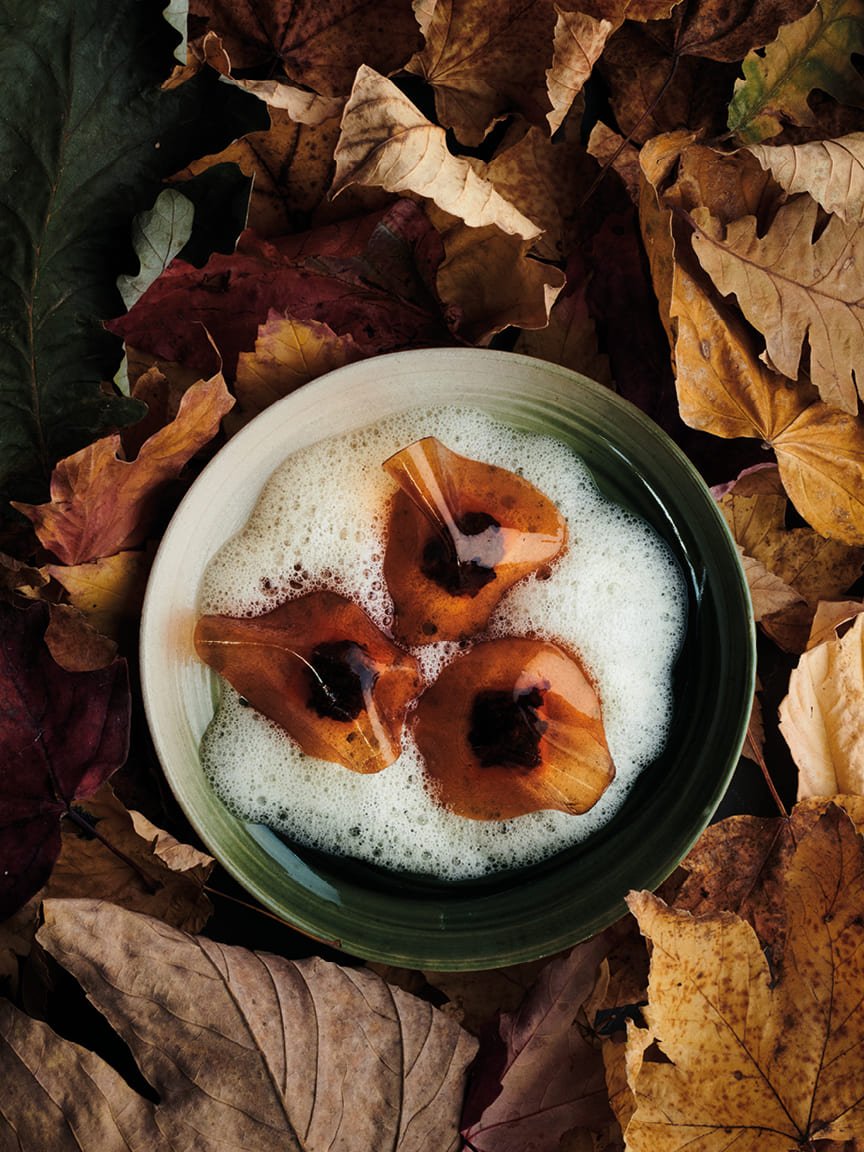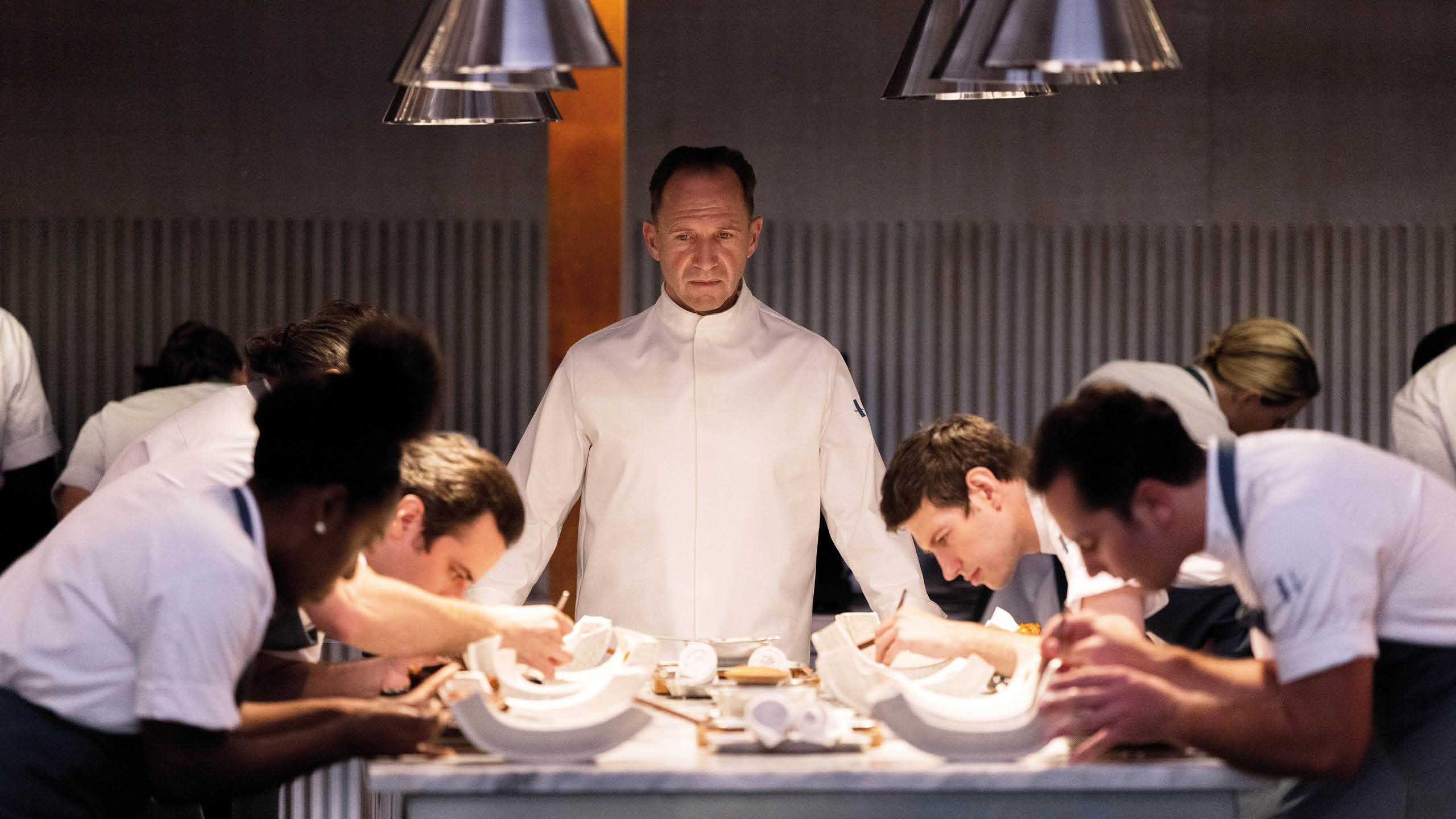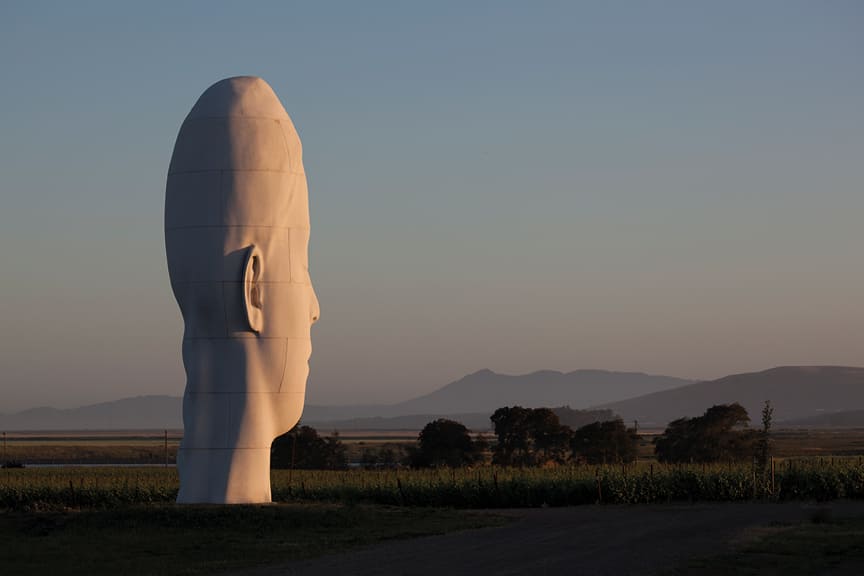
THE FINER THINGS
The concept of luxury is constantly shifting, explains Peter Yeung, as shown by the wealth of new high-end experiences in the world of hospitality and wine
Timeless. It is one of the core tenets of luxury. Brands such as Louis Vuitton, Rolex, and Rolls-Royce have defined luxury for hundreds of years. Their iconic emblems, a symbol of quality, prestige and differentiation, all critical elements of luxury. However, that does not mean that luxury is static. One of the paradoxes of luxury, as outlined by Jean-Noël Kapferer and Vincent Bastien in their book The Luxury Strategy, is “it must maintain both timelessness and trendiness at the same time.”
Understanding how luxury is changing and how it impacts the hospitality and wine industries first requires an understanding of what makes luxury what it is. For consumers, this encompasses four elements – financial, social, functional and individual. Luxury tends to be expensive (financial), creates a signal of differentiation to others (social), is of high quality (functional), and makes the owner feel good (individual). Yet these elements are not equally important for everyone.
Culturally, Kapferer and Bastien note that the French and English tend towards appreciating luxury for the product itself and as part of a lifestyle, more functional and individual. Whereas Americans and Chinese tend towards the social and financial elements of differentiating oneself. While this could be considered innately cultural, an alternative hypothesis is that as cultures become more rooted in success, over time they gravitate towards the functional and individual elements of luxury. Certainly, in the US, some are becoming more discreet.
The unbranded hoodie, a current fashion statement of both celebrities and the Silicon Valley crowd, can cost over $100, while not looking very different from a $20 hoodie from, say, The Gap. People buy the hoodies for their product quality, comfort and feel, moving away from the social towards the functional and individual.



Three-Michelin-star restaurant Noma’s artistic menu is about rediscovering wild local ingredients through foraging and by following the seasons
Photography ©Ditte Isager
ON THE MENU
In hospitality and wine, luxury continues to evolve into a more product and story-based experience from overt signals of luxury. The venerable Michelin Guide, once populated with only white tablecloth restaurants, has since awarded two Singaporean hawker stalls (street food vendors) a Michelin Star.
The world of ultra luxury dining, with tweezer-based precision, molecular gastronomy, and rare and unusual ingredients has gotten so extreme that it is leading to the closure of the world’s top restaurant Noma (2024) and has been parodied in the movie The Menu (2022). René Redzepi, owner and chef of Noma, has called fine dining “unsustainable, financially and emotionally.”
The joy in luxury hospitality needs to be inherent in the experience. In a scene from The Menu, actress Anya-Taylor Joy’s character, Margot, notes: “You’ve taken the joy out of eating. Every dish you served tonight has been some intellectual exercise rather than something you want to sit and enjoy. When I eat your food, it tastes like it was made with no love.” The sometimes sterile formality of traditional “luxury” hospitality can take the joy out of it.
Wine has seen similar trends. With wine tastings becoming by appointment experiences that often exceed $100 or $200 per person, now have a feeling of formality. More attention, food pairings, luxury furniture and spaces are all landing in wineries globally, particularly in Napa. The best executed can elevate the brand and wines, enabling the winery to showcase its story and essence.

Ralph Fiennes starring as the chef in Mark Mylod’s comedy horror, The Menu (2022)
Photography ©Alamy
SENSES & SENSIBILITY
The Donum Estate, in the Carneros region of Sonoma, has thread the needle well. It showcases a world-class art collection embedded in the vines, biodynamic gardens, and high-quality Pinot Noirs and Chardonnays; the experience is a full sensory one that cannot be described any other way besides luxury. However, the worst, of which there are many, feel overwrought and more a grasp at imbuing a feeling of luxury where there naturally is not one. Too many try to follow others instead of truly understanding themselves and crafting experiences that highlight those individual traits.
Being “timeless and trendy” requires constant evolution. As three-Michelin star restaurants close, new luxury concepts take their place and evolve what luxury means. A new concept, The Oakville Grill & Cellar in Chicago, from Lettuce Entertain You, which includes the RPM restaurants, is one example. Richard Hanauer, partner and wine director, in an interview for podcast XChateau, said they took inspiration from a Californian ethos of hospitality, particularly Napa – never pretentious, never formal, but very comfortable, pleasurable, and with elevated service and quality of food. Exporting that Californian ethos to Chicago is just one example in a growing trend of how luxury is evolving in hospitality.
Wine is also evolving in its construction of luxury. Where once two-pound empty glass bottles and highly adorned labels signified luxury in wine, more environmentally friendly versions are now luxury. Some are taking the experience of wine beyond its roots of pairing with food to bring in all the senses, particularly sight and sound. Biondi-Santi, the iconic Brunello producer, has begun to pair audiobooks with their wines; while Catena Zapata in Argentina has hosted operas about Malbec’s story, changing the definition of luxury in wine. Susan Lin MW, of Belmont Wine Exchange, has done significant research into how music impacts the perception of wine, leading to the potential for new evolutions of luxury.
“Luxury takes its time, it has time,” is another tenet of luxury expounded by Kapferer and Bastien. As we witness the changes in how luxury defines itself in hospitality and wine, what often appears to be leaps are plates slowly moving under our feet. The old definitions crumble and melt into the earth, while the new forms bubble up from below.
Peter Yeung and Liz Thach are authors of “Luxury Wine Marketing” (2019)
“More attention, food pairings, luxury furniture and spaces are all landing in wineries globally, particularly in Napa. The best executed can elevate the brand and wines, enabling the winery to showcase its story and essence”




Yue Minjun, Contemporary Terracotta Warriors (2005), courtesy of Donum Estate art collection. Photography ©Robert Berg
Tracey Emin, All I Want is You (2016), courtesy of Donum Estate art collection. Photography ©Anthony Laurino
Anselm Kiefer, Mohn und Geda êchtnis (2017), courtesy of Donum Estate art collection. Photography ©Adrian Gaut
Jaume Plensa, Sanna (2015), courtesy of Donum Estate art collection. Photography ©Robert Berg
We recommend
WHERE THE ART IS
Do unusual venues and experimental curations set culture free to be explored in new and exciting ways, and by a wider public? Nargess Banks investigates
DOORS OF PERCEPTION
John Irwin delves into the art of wine talk and explores how our individual cultural backgrounds influence how we see the world – and taste it
RECIPES FOR SUCCESS
How is the US fine dining scene adapting to new tastes? Virginia Miller finds out what are the essential ingredients needed to cook up unforgettable dining experiences from San Francisco to New Orleans
A NEW CHAPTER
Pauline Vicard is helping reshape the future of fine wine with her think tank ARENI Global. She tells Nargess Banks her views on the ever-evolving story of luxury hospitality






